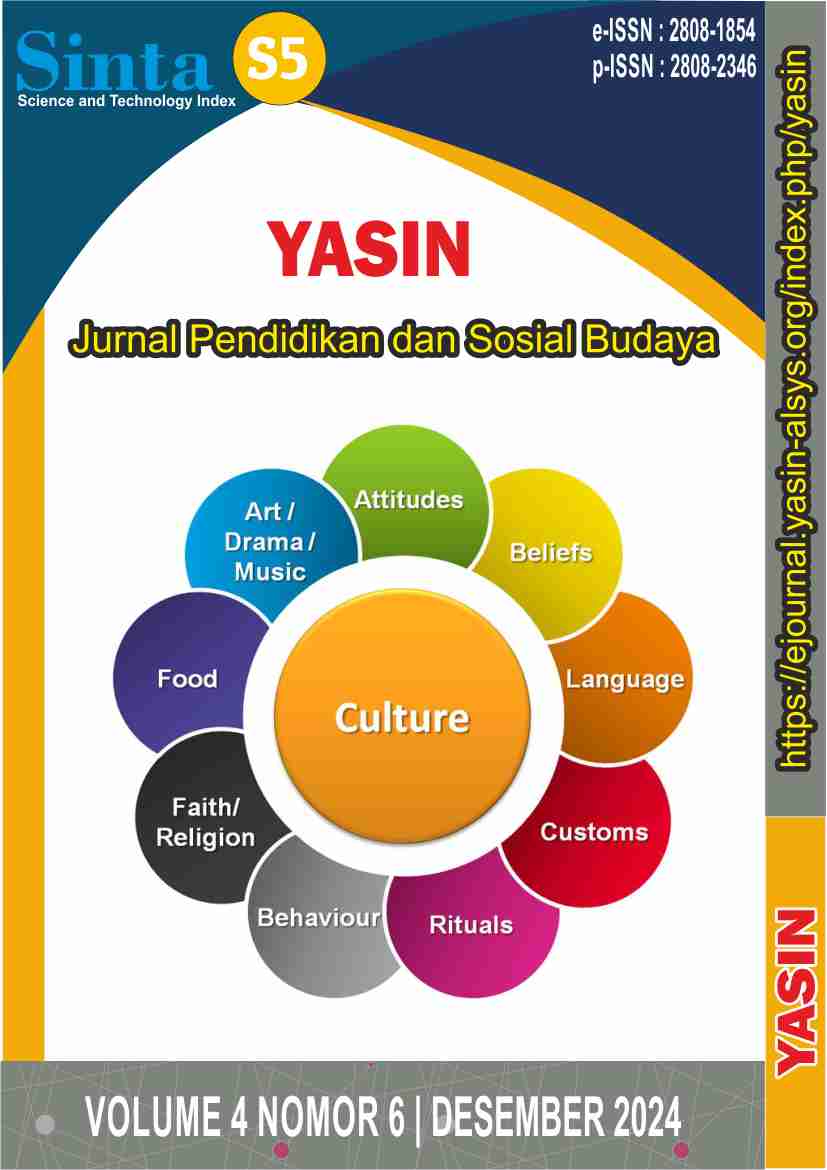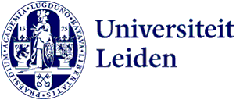Efektivitas Media Pembelajaran E-Modul pada Mata Pelajaran Teknik Pemesinan Bubut di SMKS Dhuafa Padang The Effectiveness of E-Module Learning Media in Lathe Machining Subjects at SMKS Dhuafa Padang

Main Article Content
Abstract
This study aims to examine the effectiveness of the use of e-module learning media on student learning outcomes in the subject of Lathe Machining Engineering class XI at SMKS Dhuafa Padang. The background of this research is the limited teaching materials and short learning time, which requires students to learn independently. The research method used is quasi-experimental with pretest-posttest control group design. The research sample consisted of 35 students of class XI Machining Engineering who were divided into experimental and control groups. Data were collected through learning outcome tests and analyzed using independent t-test. The results showed that: (1) the average pretest score of the experimental group was 54.77 and the control group was 61.67; (2) the average posttest score of the experimental group was 81.47 and the control group was 71.67; (3) there was a significant difference between the learning outcomes of the experimental and control groups (t = 0.549, p < 0.05). In conclusion, the use of e-modules is effective in improving student learning outcomes in Lathe Machining Engineering subjects. This study recommends the use of e-modules as an alternative learning media to improve student independence and learning outcomes.
Downloads
Article Details

Authors retain copyright and grant the journal right of first publication with the work simultaneously licensed under a Creative Commons Attribution-NonCommercial-ShareAlike 4.0 International License that allows others to share the work with an acknowledgement of the work's authorship and initial publication in this journal.
References
Elvarita, A., Iriani, T., & Handoyo, S. S. (2020). Pengembangan bahan ajar mekanika tanah berbasis e-modul pada program studi pendidikan teknik bangunan, Universitas Negeri Jakarta. Jurnal Pensil: Pendidikan Teknik Sipil, 9(1), 1-7.
Fazriati, V., Khoerunisa, Y., Sopiana, A. R., & Aeni, A. N. (2023). Pengembangan EMOIN (E-Modul Interaktif) PAI untuk Pembentukan Akhlak Peserta Didik Sekolah Dasar. Jurnal Pendidikan Tambusai, 7(1), 4380-4389.
Hustandi, Cecep & Sutjipto, Bambang. 2011. Media Pembelajaran Manual dan Digital. Jakarta: Ghalia Indonesia.
Ismi, L. (2019). Efektivitas Pengembangan E-Modul Project Based Learning pada Mata Pelajaran Instalasi. Jurnal Imiah Pendidikan Dan Pembelajaran, 3, 306–315.
Kemendikbud, P. P. P., & Abduh, M. (2019). Panduan penulisan soal HOTS- higher order thinking skills.
Kurniawan, Citra dan Dedi Kuswandi. 2021. Pengembangan E-Modul Sebagai Media Literasi Digital Pada Pembelajaran Abad 21. Lamongan: Academia Publication.
Muna, H., Nizaruddin, & Murtianto, Y. H. (2017). Pengembangan video pembelajaran berbantuan macromedia flash 8 dengan pendekatan kontekstual pada materi program linier kelas XI. Aksioma, 8(2), 9–18.
Muzijah, R., Wati, M., & Mahtari, S. (2020). Pengembangan E-modul Menggunakan Aplikasi Exe-Learning untuk Melatih Literasi Sains. Jurnal Ilmiah Pendidikan Fisika, 4(2), 89.
Nuri, A. (2022). Pengaruh Penggunaan E-Modul terhadap hasil Belajar Pada Mata Pelajaran PPKN kelas IV di UPT SDN 6 Penumangan Baru Tulang Bawang Tengah (Doctoral dissertation, UIN RADEN INTAN LAMPUNG)
Ramadhani, S. R. (2023). Pengaruh Penggunaan Bahan Ajar E-Modul Terhadap Hasil Belajar Peserta Didik Pada Mata Pelajaran PAI Kelas IV SD Inpres Palompong Kabupaten Gowa. Repository: UIN Alauddin Makassar. DOI: http://repositori. uin-alauddin. ac. id/id/eprint/24204.
Ricu Sidiq dan Najuah. 2020. Pengembangan E-Modul Interaktif Berbasis Android pada Mata Kuliah Strategi Belajar Mengajar. Medan: Jurnal Jurusan Sejarah Universitas Negeri Medan.
Sugiyono. (2017). Metode Penelitian Kuantitatif, Kualitatif, dan R&D. Bandung : Alfabeta, CV.
Umar. 2013. Metode Penelitian Untuk Skripsi dan Tesis. Jakarta: Rajawali Uno,B.H dan Lamatenggo, N.(2011) Teknologi Komunikasi dan Informasi Pembelajaran. Jakarta: Bumi Aksara.
Winatha, K. R. (2018). Pengembangan e-modul interaktif berbasis proyek mata pelajaran simulasi digital. Jurnal Pendidikan Teknologi Dan Kejuruan, 15(2).
Yulita, Y., Sunarto, S., & Bestari, H. (2021). Pengaruh penggunaan media pembelajaran e-modul melalui aplikasi flipbuilder terhadap hasil belajar matematika siswa di Sekolah Menengah Atas Swasta Islam al-falah kota Jambi (Doctoral dissertation, UIN Sulthan Thaha Saifuddin Jambi).
Find the perfect home for your research! If this journal isn't the right fit, don't worry—we offer a wide range of journals covering diverse fields of study. Explore our other journals to discover the ideal platform for your work and maximize its impact. Browse now and take the next step in publishing your research:
| HOME | Yasin | AlSys | Anwarul | Masaliq | Arzusin | Tsaqofah | Ahkam | AlDyas | Mikailalsys | Edumalsys | Alsystech | AJSTEA | AJECEE | AJISD | IJHESS | IJEMT | IJECS | MJMS | MJAEI | AMJSAI | AJBMBR | AJSTM | AJCMPR | AJMSPHR | KIJST | KIJEIT | KIJAHRS |





















